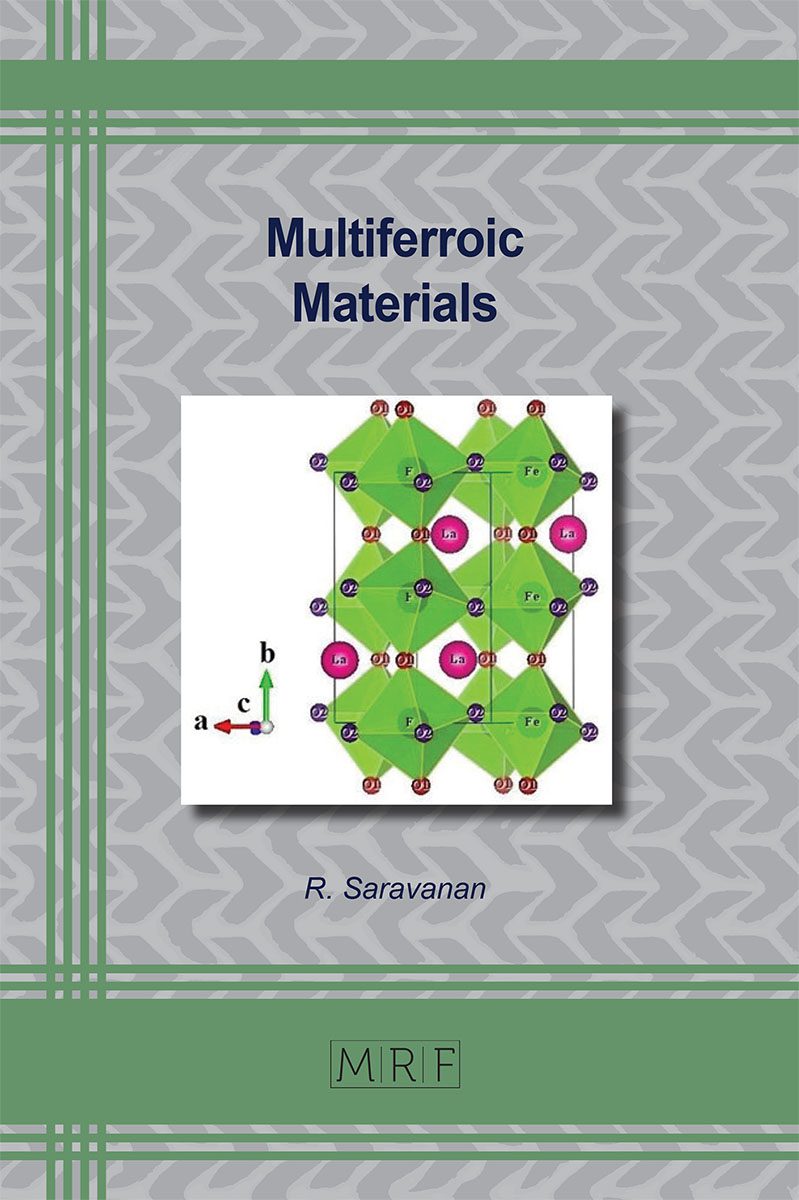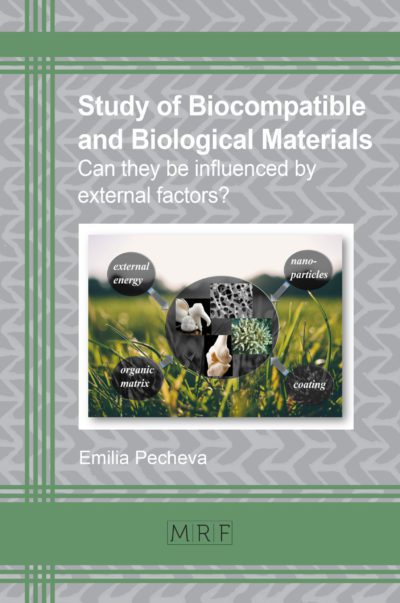Multiferroic Materials
R. Saravanan
Materials Research Foundations Vol. 140
Publication Date 2023, 194 Pages
Print ISBN 978-1-64490-226-4 (release date February 2023)
ePDF ISBN 978-1-64490-227-1
DOI: https://doi.org/10.21741/9781644902271
The magnetoelectric properties of multiferroic materials have a high potential for applications in the fields of data storage, spin valves, spintronics, memories, sensors and microelectronic devices. The book presents both a detailed literature review of the field, and the experimental results obtained from various characterization and analytical techniques performed on four series of lanthanum orthoferrite type multiferroics. These materials have been used in solid oxide fuel cells (SOFC), magneto-hydrodynamic power generation (MHD), capacitors and energy storage devices in microelectronics, non-volatile magnetic memory devices and ferroelectric random access memories (Fe-RAM).
Keywords
Multiferroics, Lanthanum Orthoferrites, Ferromagnetism, Ferroelectricity, Electrical Conductivity, Thermal Stability, Dielectric Constant, Solid Oxide Fuel Cell (SOFC), Magneto-Hydrodynamic Power Generation (MHD), Capacitors, Energy Storage Devices, Magnetic Memory Devices, Ferroelectric Random Access Memories (Fe-RAM), Charge Density Measurements.














